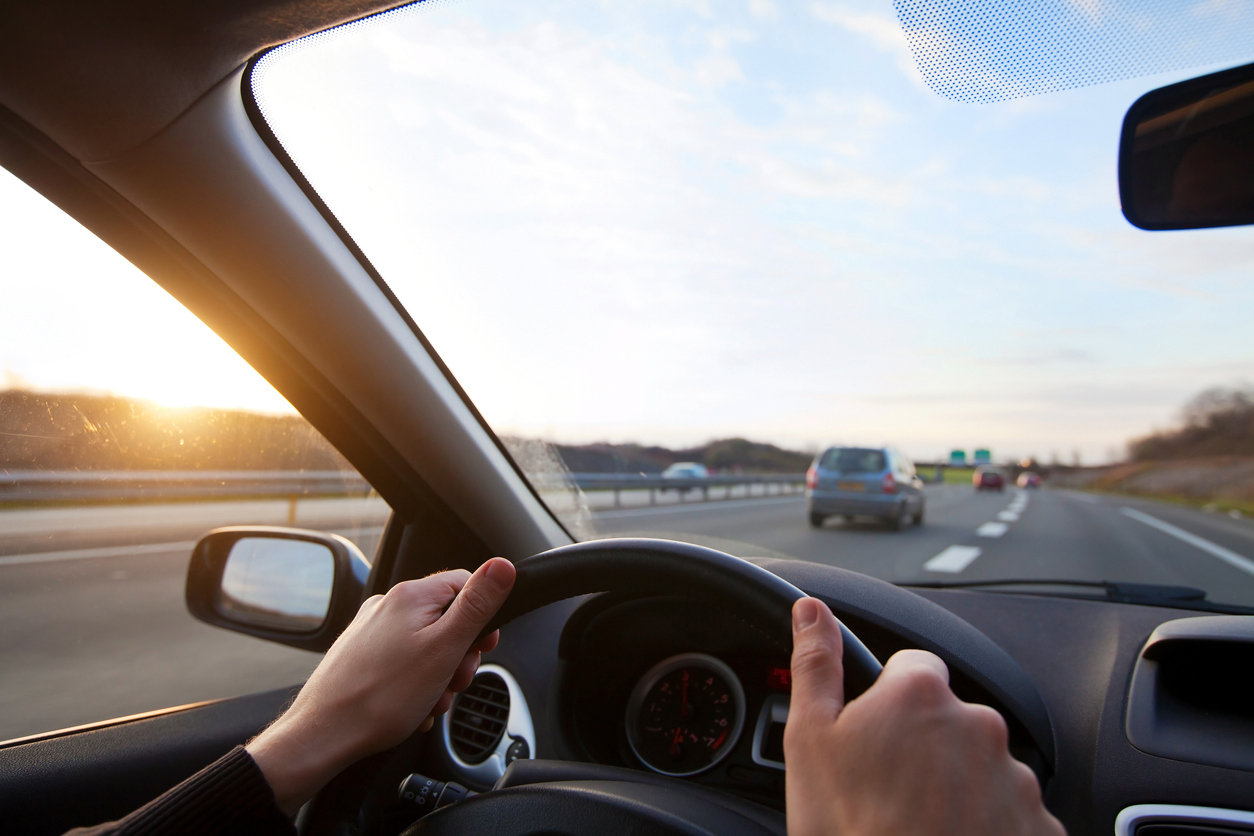
In California, most drivers are legally required to display two license plates—one on the front of the vehicle and one on the back. It may seem like a minor detail, but failing to follow this rule can result in a ticket or even a traffic stop.
If you’re driving a standard passenger vehicle in California, the answer is simple: yes, you need a front license plate. As with most laws, however, there are some important exceptions. Understanding the state’s plate requirements can help you avoid fines—and may even protect your rights in a car accident.
What Does California Law Say About License Plates?
The California Vehicle Code spells out the law clearly. If the Department of Motor Vehicles (DMV) issues two license plates for your vehicle, you must attach one to the front and one to the rear.
There are rare cases where a vehicle is issued only one plate, such as certain commercial or specialty vehicles. In those instances, the single plate must be mounted on the rear—unless the DMV has different instructions for that specific vehicle type.
For the average driver, this means your sedan, SUV, pickup truck, or crossover must display both plates—one on each end of the vehicle—to comply with the law.
How To Mount Your Front Plate Properly
It’s not enough to just toss your plate on the dashboard. California law also specifies how the plate must be displayed.
Here are the basic rules:
- The front plate must be securely fastened to the front of the vehicle.
- It must be clearly visible and not obstructed by any part of the vehicle.
- Tinted covers, plate frames that block numbers, or anything that makes the plate hard to read is not allowed.
- The plate should be mounted upright and at a height where it can easily be seen by officers or traffic cameras.
Taking the time to mount your plate correctly can help you avoid tickets—and reduce your risk of unnecessary stops on the road.
Exceptions: Which Vehicles Don’t Need a Front Plate?
While most cars in California require front and rear plates, there are some exceptions under the law. These include:
- Motorcycles: Only need a rear plate
- Truck tractors: Typically display a single front plate
- Historic vehicles, special interest cars, and collector cars: May qualify for alternative plate arrangements
- Certain commercial vehicles: May have unique mounting rules depending on configuration
If you’re unsure whether your vehicle qualifies for an exception, the safest bet is to check the DMV documentation that came with your registration. It will specify whether one or two plates were issued—and where they should be placed.
New Cars, Temporary Tags, and Digital Plates
If you’ve just purchased a new vehicle in California, you’ll receive temporary paper license plates that must be displayed in designated areas. These temporary tags are required until you receive your official plates from the DMV.
In addition, California now allows digital license plates for some drivers. These digital displays must still meet the state’s visibility and placement requirements. That means the same rules about readability, height, and mounting apply—regardless of whether your plate is traditional or digital.
What Happens If You Drive Without a Front Plate?
Driving without a required front license plate is considered an infraction under California law. In many counties and cities, it’s treated as a fix-it ticket—meaning you can avoid higher fines by correcting the issue and showing proof.
However, some local jurisdictions do impose higher penalties, and police officers are allowed to stop your vehicle solely for a missing front plate. This can lead to further scrutiny, citations, or complications during a traffic stop—even if your vehicle is otherwise in compliance.
In short, it’s a good idea to install the plate as soon as you receive it. Doing so eliminates the risk of tickets and unnecessary encounters with law enforcement.
Why It Matters After a Crash
While the front plate requirement may seem like a small issue, it can become relevant in car accident investigations or hit-and-run cases. For example:
- A missing front plate can make it harder to identify your vehicle in surveillance footage.
- A traffic stop for a missing plate could lead to a citation that complicates your insurance claim.
- In some cases, failure to comply with plate laws may be raised as a minor fault issue in a liability dispute.
By ensuring your vehicle complies with plate display laws, you’re protecting yourself from added complications down the line.
Check Your Plate—and Know Your Rights
Take a moment today to check your vehicle’s front bumper. If you’re missing a plate, install it securely and make sure it’s easy to read. It’s a quick fix that can save you time, money, and hassle later.
And if you’ve been injured in a car accident—or have questions about your rights after a crash—don’t hesitate to reach out. A short conversation with a knowledgeable attorney can provide the clarity and direction you need.
Contact Robles Babaee Personal Injury Lawyers today to schedule your free consultation with a California personal injury attorney.
Robles Babaee, Personal Injury Lawyers
1851 E 1st St Suite 810, Santa Ana, CA 92705
(714) 263-3700
